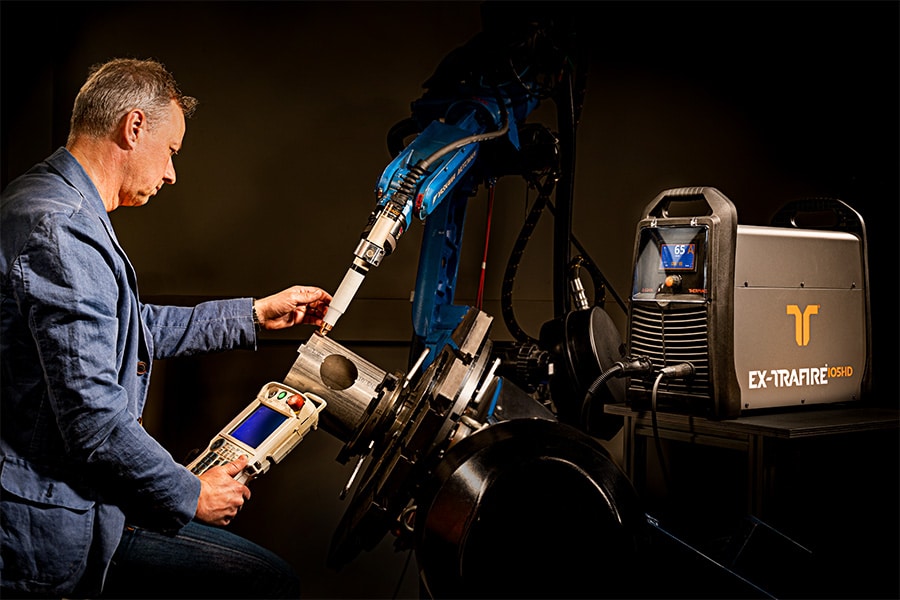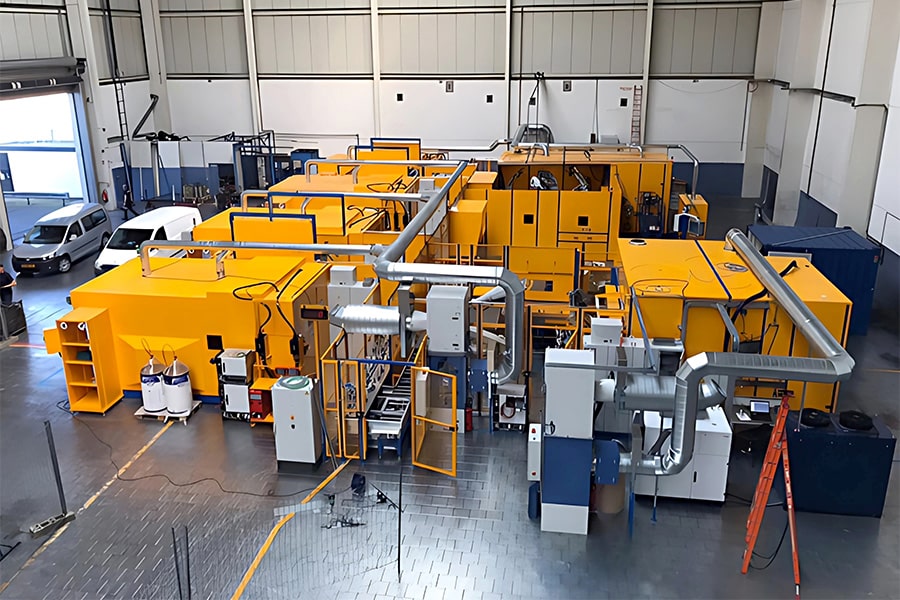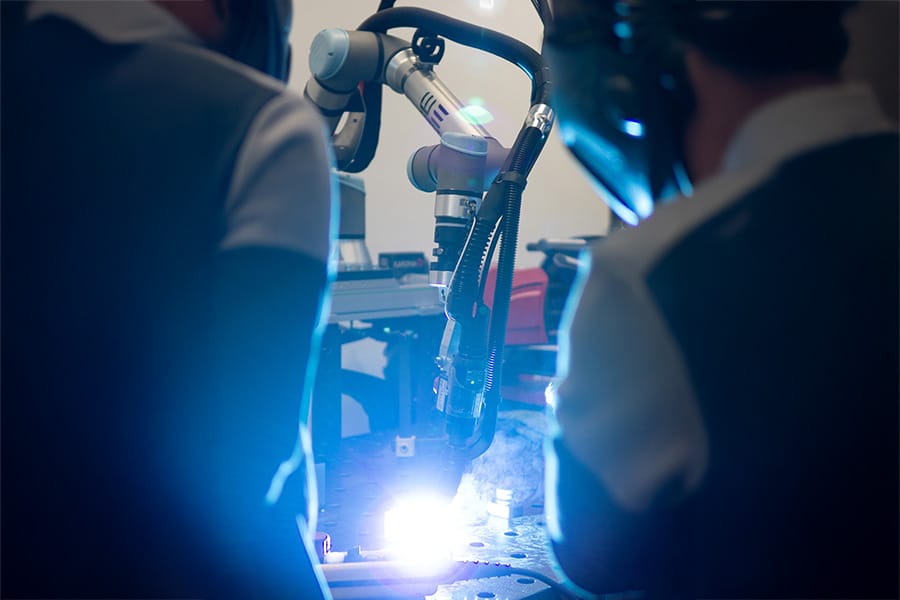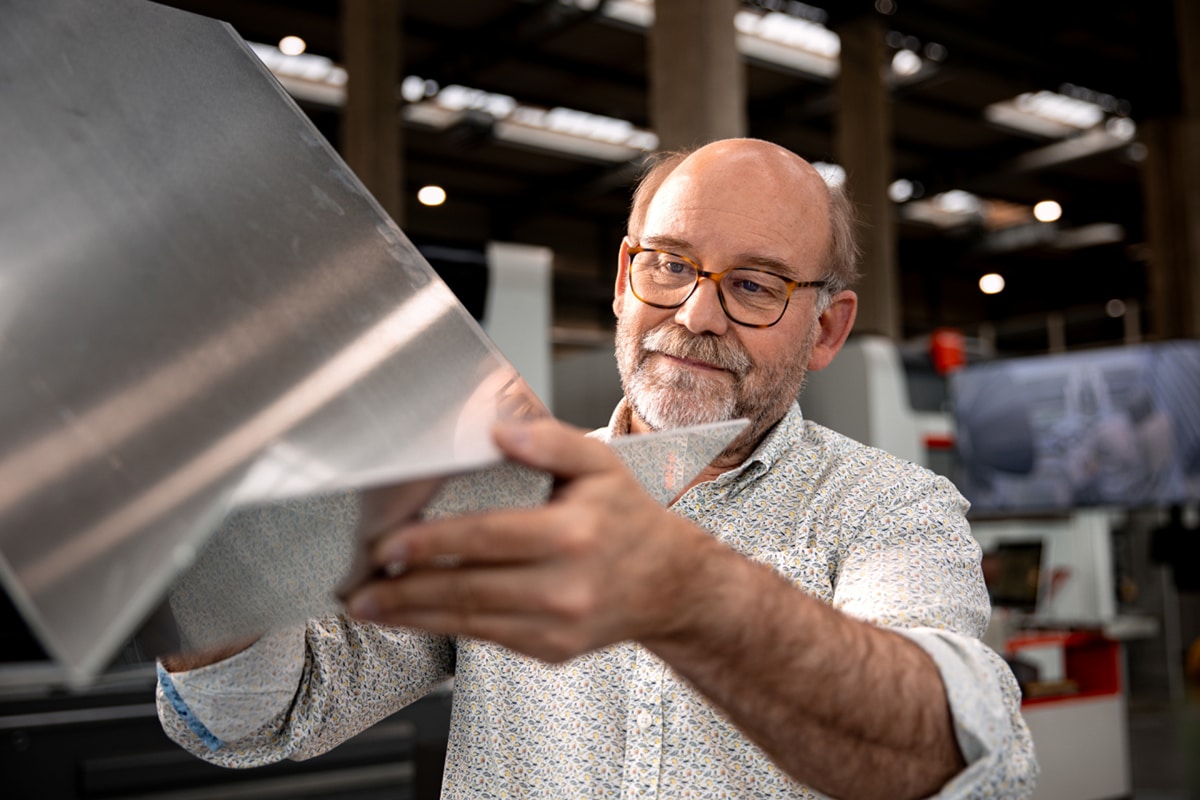
Simple tips for perfect results in deburring
Deburring is the process of removing small imperfections in metal pieces to achieve perfectly finished products. Deburring is not only done for aesthetic reasons; burrs can also interfere with the functionality, longevity and safety of the workpiece. Exactly how you deburr can be done in several ways. Manual and mechanical are the two most popular methods, but it can also be done via thermal or electrochemical processes, for those hard-to-reach spots. In this article, we list four simple tips for perfect results.
Most workshops today still resort to manual deburring. After the pieces come off the machines, an operator immediately finishes them for the next step as well. No matter how much experience your operator has, he will never be able to produce the same speed and consistency in quality as an automated deburring system. Moreover, manual deburring processes take an awful lot of time and effort, which affects productivity. And the deburred pieces can also vary significantly in terms of finish. Not to mention the physical damage, either short-term from the sharp edges of the burr or long-term from the repetitive movements involved in deburring. So it's high time to look at automated solutions. Especially if you want to raise the efficiency, consistency and safety of deburring processes. Deburring machines move faster and deliver the same, smooth, uniform finish for every piece. In some workshops, the advent of a deburring machine means doubling the number of pieces handled per shift.

Use cutting fluids
Cutting fluids are special lubricants developed for metalworking. When deburring, they can be an interesting addition to control the level of resistance and heat generation between the metal and the deburrer. Deburring machines can create large amounts of heat with long use that may not be easily eliminated with mere air cooling. To avoid friction, operators then switch off the machines. Cutting fluids can then be an interesting alternative, since they act as both lubricants and coolants, allowing deburring operations to last longer. They also allow you to increase the speed of the process, for faster and more cost-efficient per-piece processing.
Use rotary brush for surface-coated metal pieces
If you see many pieces of metal passing by that have undergone laser cladding or surface coating with, for example, zinc, you will already have noticed that deburring can damage the surface. Rotary brushes can provide relief in this case. Deburring machines equipped with these brushes give you a uniform, burr-free finish, even on the edges of laser-cut, punched or chipped pieces with such a coating. This, in turn, can increase the efficiency of your deburring processes.
Simultaneous deburring and finishing
Finishing processes such as deburring and polishing do not necessarily have to be split up. Those who opt for an automated solution can also have both tasks performed simultaneously, provided the right equipment is chosen. Finishing the surface to the correct grit and deburring the edges of workpieces can be done in one motion if the deburring machine is equipped with a combination of belts and brush heads. An investment that can provide particularly significant gains in time and profitability in the workshop.



